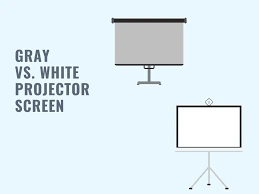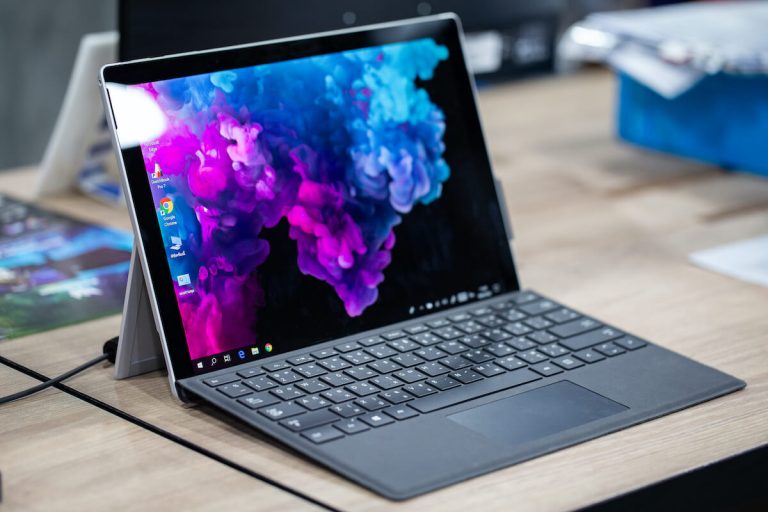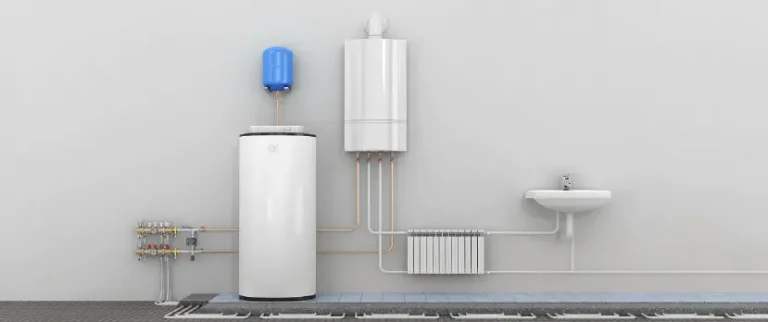Gray vs. White Projector Screen: Which One is Right for You?
Introduction
When it comes to setting up a home theater or a professional projection system, choosing the right projector screen is crucial for achieving an optimal viewing experience. Two popular options in the market are gray and white projector screens. In this article, we will explore the differences between these two screen types and help you determine which one is right for you.
Understanding Projector Screens
Before we delve into the debate of gray vs. white projector screens, let’s understand the basics. A projector screen is a specialized surface that reflects light evenly to enhance image quality and visibility. It provides a smooth canvas for projecting images and videos, making them appear sharper and more vibrant.
The Importance of Screen Color
Screen color plays a significant role in how projected content appears. Gray and white screens are designed to optimize image performance under different lighting conditions. Understanding their characteristics will assist you in making an informed decision based on your specific requirements.
Benefits of Gray Projector Screens
Gray projector screens have gained popularity due to their ability to improve contrast levels and reduce ambient light reflections. The gray color absorbs and diffuses excess light, resulting in deeper black levels and enhanced color accuracy. These screens are ideal for rooms with moderate to high ambient light, as they minimize glare and maintain image quality even in challenging lighting conditions.
Advantages of White Projector Screens
White projector screens have long been the standard choice for many setups. They offer excellent color reproduction and brightness, making them suitable for dark or controlled lighting environments. White screens reflect more light compared to gray screens, resulting in higher screen gain and increased overall brightness. These screens are often preferred for dedicated home theaters or professional settings where ambient light can be effectively controlled.
Factors to Consider When Choosing a Projector Screen
Several factors should influence your decision when selecting a projector screen:
1. Viewing Environment and Ambient Light
Consider the lighting conditions in the room where the projector screen will be installed. If the room has windows or ambient light sources that are difficult to control, a gray screen might be a better choice. However, if you have a dedicated dark room or the ability to control ambient light effectively, a white screen can provide excellent results.
2. Contrast and Color Accuracy
If achieving deep blacks and accurate colors is essential to you, a gray screen can enhance contrast levels and color accuracy. On the other hand, white screens provide a brighter image overall but might sacrifice some contrast performance.
3. Screen Gain and Brightness
Screen gain refers to the reflectivity of the screen surface. Gray screens typically have lower screen gain, which means they reflect less light and result in a dimmer image. White screens, with their higher screen gain, reflect more light, resulting in a brighter image.
4. Resolution and Image Quality
Consider the resolution of your projector and the desired image quality. Both gray and white screens can accommodate different resolutions, but the screen color might have a slight impact on perceived image sharpness.
5. Cost and Budget Considerations
Gray and white projector screens are available at various price points. Consider your budget and prioritize the features that matter most to you. Gray screens are often slightly more expensive due to their specialized characteristics.
6. Installation and Maintenance
Factor in the installation requirements and maintenance considerations for each screen type. Some screens might require more frequent cleaning or careful handling to maintain their optimal performance.
Conclusion
Choosing between a gray and white projector screen depends on your specific needs and viewing environment. Gray screens excel in controlling ambient light and enhancing contrast, while white screens provide brighter images in controlled lighting conditions. Consider the factors discussed in this article and weigh them against your requirements to make an informed decision. Remember, both screen types offer their own set of advantages, so it’s essential to choose the one that aligns with your preferences and viewing environment.







